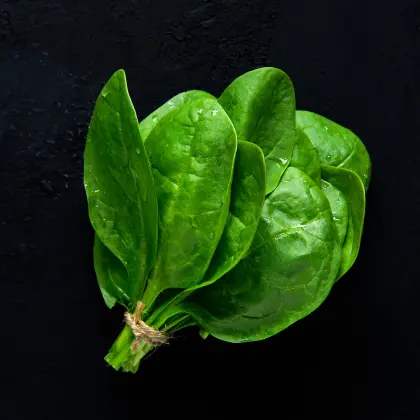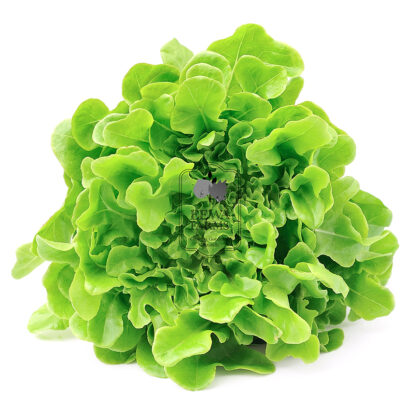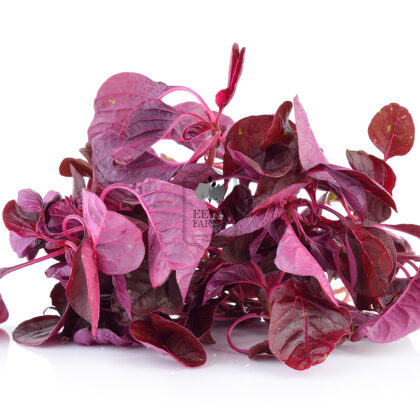
Rainwater Harvesting in Hydroponics: A Double Sustainability Model

Water scarcity remains one of the most pressing challenges in Indian agriculture. As groundwater levels decline and climate unpredictability increases, innovative water management practices are not just optional—they are essential. One such solution is the integration of rainwater harvesting systems into hydroponic farms, creating a dual-layered sustainability model that supports both environmental conservation and agricultural resilience.
At Eewa Farms, this approach demonstrates how controlled-environment agriculture can further optimize its water usage by sourcing rainwater as a primary or supplementary input. It aligns with broader goals of sustainable farming while enhancing operational independence.
Why Water Efficiency Matters in Hydroponic Systems
Hydroponic farming is already recognized for its water-use efficiency. Compared to traditional soil-based farming, hydroponics can reduce water consumption by up to 90% due to its recirculating systems and targeted delivery of nutrients. However, these systems still rely on consistent water input—typically from borewells, municipal supply, or treated sources.
By integrating rainwater harvesting, hydroponic farms can create a closed-loop system that captures, stores, filters, and reuses water from natural rainfall. This not only minimizes freshwater dependency but also reduces the farm’s environmental footprint and long-term operational costs.
Technical Design: How Rainwater Harvesting Supports Hydroponics
Rainwater harvesting systems in hydroponic setups are designed to maximize efficiency through:
- Roof catchment systems: Polycarbonate or metal greenhouse roofs are ideal for collecting rainwater. Gutters channel the runoff into dedicated storage tanks.
- Filtration units: Multi-stage filters remove debris, sediments, and organic matter to make water suitable for nutrient solution mixing.
- Storage tanks: High-capacity tanks with food-grade linings ensure hygienic storage and temperature regulation.
- Integration with fertigation systems: The harvested and treated rainwater is mixed with nutrient solutions and supplied to plants through NFT (Nutrient Film Technique), Dutch bucket, or drip systems.
Eewa Farms uses structured water management plans that balance rainwater inputs with daily crop requirements, ensuring steady flow across seasonal variations.
Advantages for Resource Management and Climate Adaptation
Combining rainwater harvesting with hydroponic farming offers a wide range of benefits, especially in the Indian agricultural context:
- Reduces dependence on groundwater or municipal supply, critical in regions facing water shortages.
- Buffers the farm against water supply disruptions during droughts or municipal rationing.
- Improves farm economics by reducing water utility bills and pumping energy costs.
- Aligns with green certifications and ESG goals, adding value for institutional buyers or export markets.
This hybrid approach is particularly valuable for peri-urban and rural farms looking to scale hydroponic production while meeting environmental compliance standards.
-
Sale!
 This product has multiple variants. The options may be chosen on the product page
This product has multiple variants. The options may be chosen on the product pageSpinach Large Leaf (Hydroponically Grown)
₹55.00 – ₹538.00 -
Sale!
 This product has multiple variants. The options may be chosen on the product page
This product has multiple variants. The options may be chosen on the product pageRosemary (Hydroponically Grown)
₹49.00Original price was: ₹49.00.₹45.00Current price is: ₹45.00. -
Sale!
 This product has multiple variants. The options may be chosen on the product page
This product has multiple variants. The options may be chosen on the product pageLettuce Locarno (Hydroponically Grown)
₹84.00Original price was: ₹84.00.₹65.00Current price is: ₹65.00. -
Sale!
 This product has multiple variants. The options may be chosen on the product page
This product has multiple variants. The options may be chosen on the product pageAmaranth (Hydroponically Grown)
₹60.00 – ₹228.00
Addressing Common Concerns: Quality and Storage
One concern about using rainwater in hydroponic systems is quality control. Rainwater is naturally soft and low in minerals, but it can pick up contaminants from roofs or air pollutants. This is why Eewa Farms employs multi-stage filtration systems, including first-flush diverters, sediment filters, activated carbon units, and UV sterilization when necessary.
Another issue is storage capacity. Rain patterns in India are seasonal, so farms must design their tanks based on average rainfall data and peak usage periods. Eewa Farms uses modular tank systems that can be expanded as needed, ensuring water availability even during extended dry spells.
Impact on Farm Sustainability Metrics
Implementing rainwater harvesting improves several key sustainability indicators:
- Water-use efficiency (WUE) improves when rainwater offsets or replaces traditional sources.
- Energy efficiency increases as less energy is needed to extract or transport water.
- Carbon footprint is reduced due to minimized pumping and lower infrastructure reliance.
- Resilience against climate variability and policy-driven water restrictions improves.
These metrics are increasingly important as buyers, investors, and certifying bodies evaluate farms not only on yield but also on environmental responsibility.
Policy Alignment and Funding Opportunities
The Indian government, through programs like the National Water Mission and PM-KUSUM, encourages water conservation practices across agriculture. Farms that integrate rainwater harvesting with CEA technologies may be eligible for subsidies or soft loans under state-level sustainability schemes.
Private agritech investors and impact funds are also showing interest in farms that reduce their dependency on municipal utilities and incorporate smart water infrastructure into their business model.
Conclusion
By combining hydroponic efficiency with rainwater harvesting, farms create a double sustainability framework—one that optimizes both input use and environmental responsibility. This integrated approach helps secure long-term water availability, reduces production costs, and enhances farm resilience in the face of climate uncertainty.



